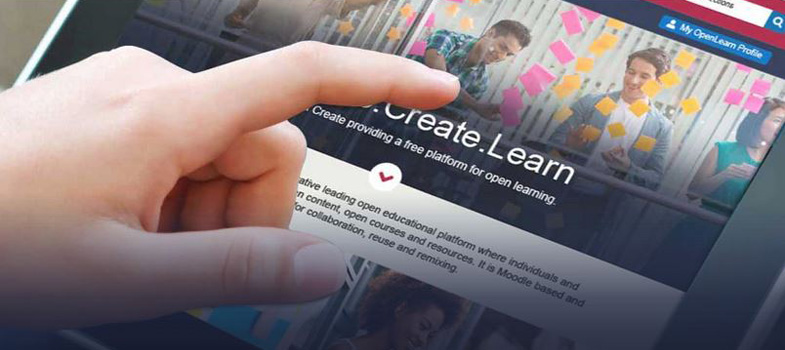Adding Activities
Activities, such as forums, quizzes and wikis enable interactive content to be added to the course. Some are only suitable for a tutor/teacher supported course (tutor only) rather than a free standing open educational resource.
- Blog allows for creation of blogs within a course (tutor only)
- Choice enables a tutor to ask a question and offer possible responses (tutor only)
- Custom Certificate is your preferred design, rather than standard Statement of Participation
- Forum provides a discussion Moodle forum facility (tutor only)
- Glossary can be a list of definitions, like a dictionary, or resources for information.
- H5P HTML5 Package of interactive content (presentations, videos, multimedia, questions etc).
- Lesson enables sharing content and/or practice activities in flexible ways (tutor only).
- Questionnaire allows survey construction using a variety of survey question types.
- Quiz enables a course author to create quizzes comprising questions of various types.
- SCORM package Shareable Content Object Reference Model collection of files.
- StudentQuiz allows students to add questions for the crowd (tutor only).
- Wiki lets users edit a set of linked pages, often a collaborative activity (tutor only).
- Workshop enables collection, review and peer assessment of students' work (tutor only)
3. Custom Certificate
3.2. Configure the certificate layout
In the Custom Certificate Administration box, click on Edit certificate so you can configure your certificate.
In the Edit certificate page, you can edit the name of the certificate, width, and the height, plus margins (these are usually set to 0). The width is usually set up as A4 size: 210 and height as 297 for portrait certificates or width 297 and height 210 for landscape certificates.
You need to add the elements for the certificate. If you would like to add a background image, select ‘background image’ from the dropdown list and clicking on the ‘Add element’ button.
Upload the image file (you need the version which has spaces for the dynamic elements – you use the other versions as visual guide for yourself, they generally do not get uploaded to the certificate unless you choose to use the version with the sample dynamic information on it as a positioning guide for the dynamic elements, then swap to the background image with blank spaces).
You will need to upload the image, save it, then go back in to edit the background image to select it for use.
Once you have added the background image, you can add the dynamic elements. The choices are:
- Background image
- Border
- Category name
- Code
- Course field
- Course name
- Date
- Date range
- Digital signature
- Grade
- Grade item name
- Image
- QR code
- Student name
- Teacher name
- Text
- User field
- User picture
The most used elements from this list are:
- Student name
- Grade
- Date
Once you have added the dynamic elements you need, click on the reposition elements button, drag the elements to their approximate desired position, adjust their font size and colour, then adjust positions again if necessary before saving the changes and previewing the certificate. You may find you cannot move longer pieces of text until you have reduced the font size.
You
can add a second page to the certificate via the ‘add page’ link. Configuring the
second page is done in the same way as the first page.
When learners start to meet the restriction criteria and the certificate is issued to them, the list of recipients will display the following information to the course manager for each learner (the learners will only see the link to their own certificate on the page):
Name, Email address, Awarded on (day, date, time), Code, File download link (PDF)
